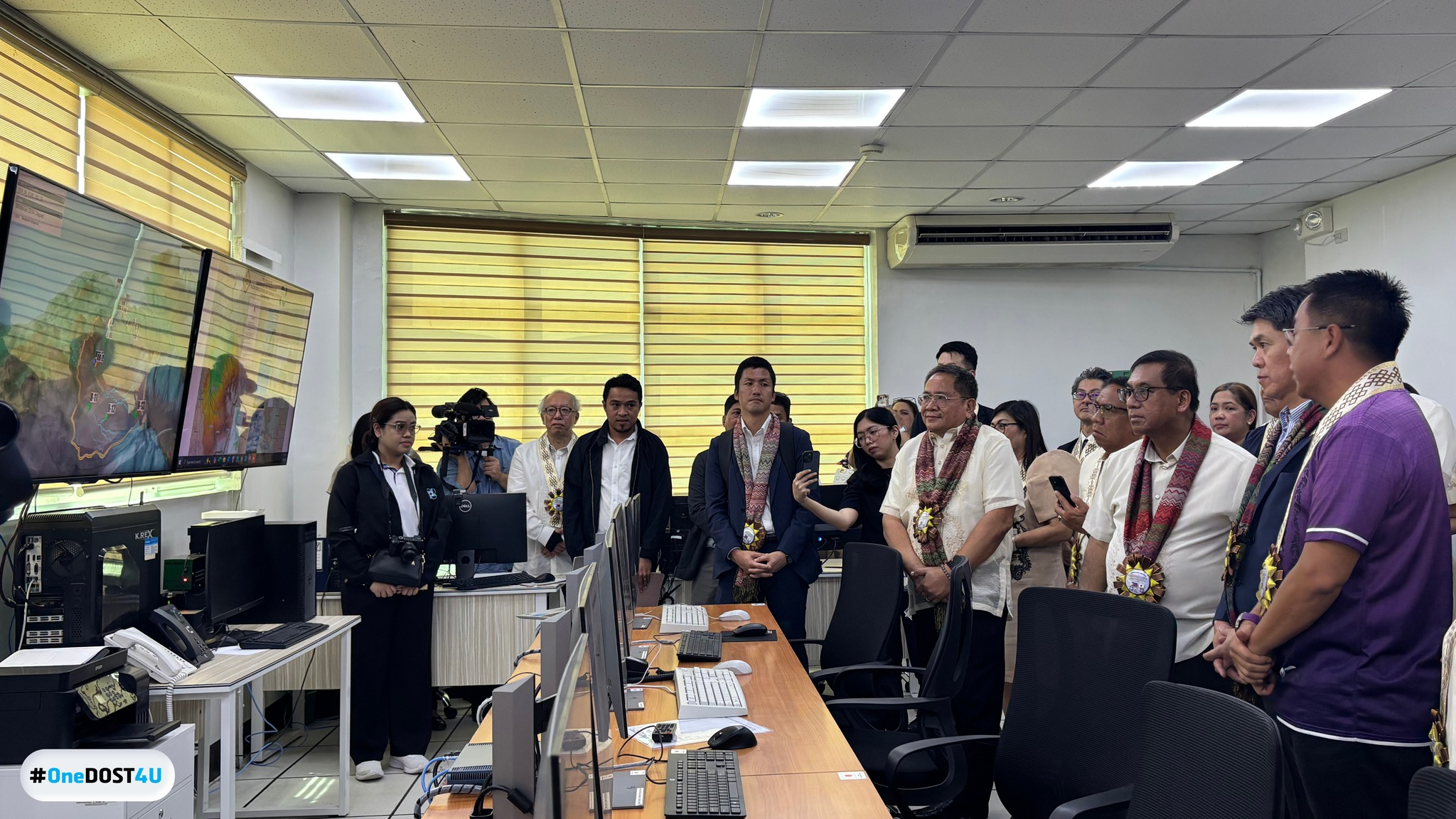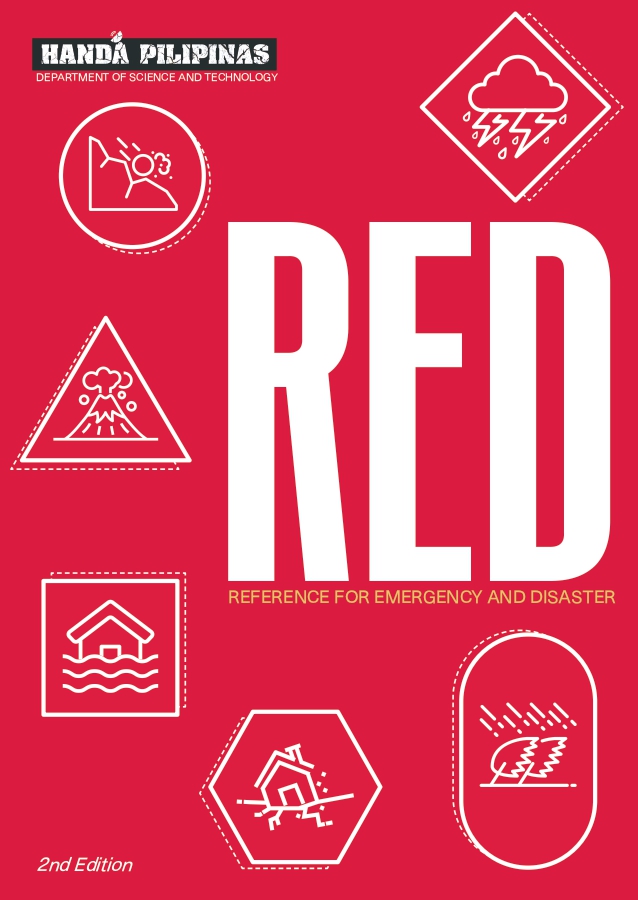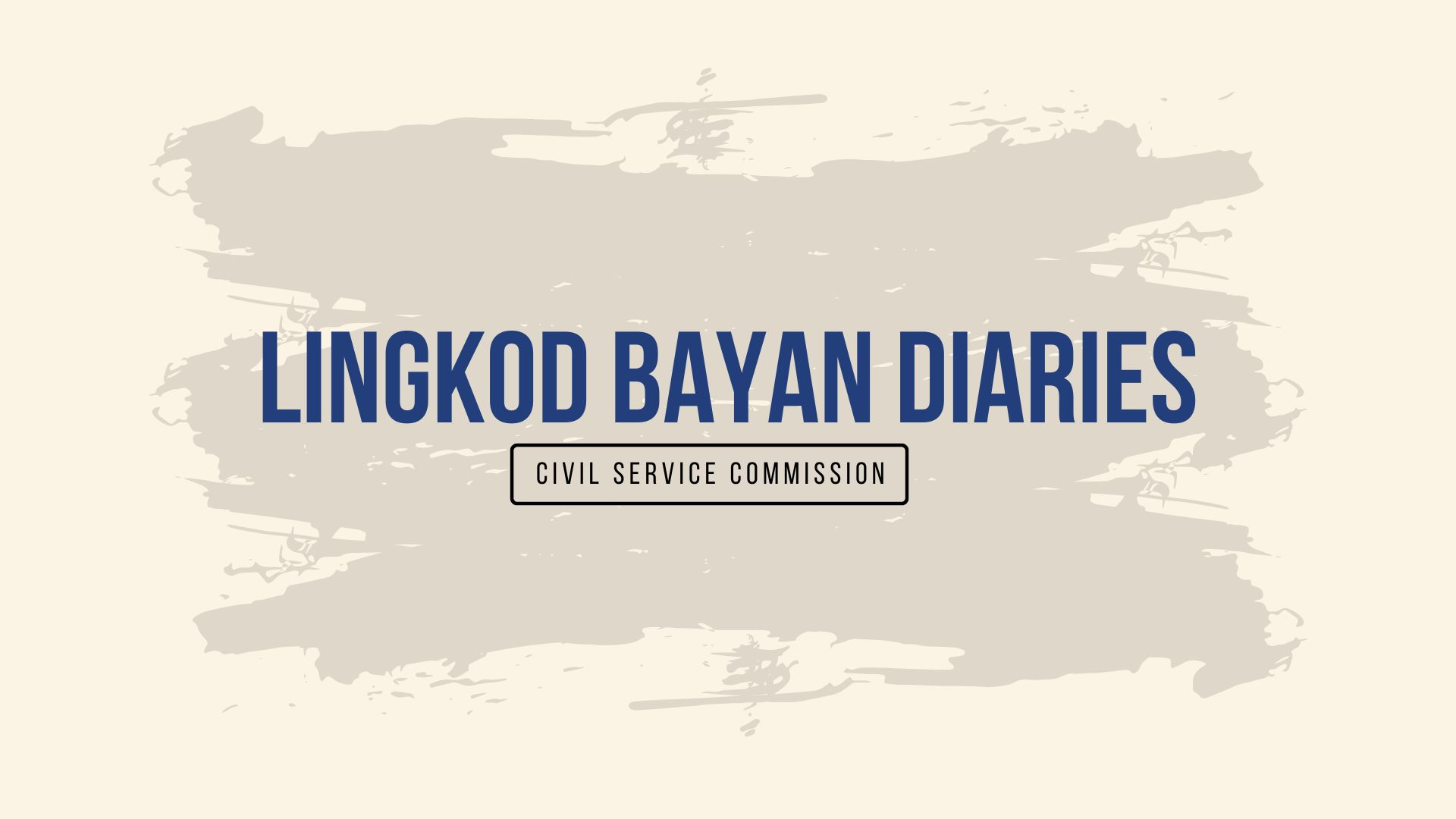 Learning from past disasters that resulted in billions of dollars in economic losses, the Department of Science and Technology (DOST) has recently launched the Cagayan de Oro River Basin Flood Forecasting and Warning System (CDORBFFWS) that will upgrade the flood forecasting and warning system in Molugan, El Salvador City, and Cagayan de Oro City in Misamis Oriental.
Learning from past disasters that resulted in billions of dollars in economic losses, the Department of Science and Technology (DOST) has recently launched the Cagayan de Oro River Basin Flood Forecasting and Warning System (CDORBFFWS) that will upgrade the flood forecasting and warning system in Molugan, El Salvador City, and Cagayan de Oro City in Misamis Oriental.
CDORBFFWS is a state-of-the-art system that enhances flood forecasting and warning capabilities in the region. It features additional telemetered and more durable rainfall and water level monitoring stations, as well as X-Band radars.
Strategically positioned from upstream to downstream areas of the river basin, these stations will empower hydrologists at the CDORBFFWS to deliver accurate, timely, and relevant flood bulletins and warnings to communities at risk of flooding.
The exact locations of these stations are as follows:
- Poblacion, Libona, Bukidnon
- Dagumbaan Integrated School Compound, Talakag, Bukidnon
- Rooftop of CDO City DRRM Office, Cagayan de Oro City
- Pelaez Bridge, Indahag, Cagayan de Oro City
- Cabula Bridge, Lumbia, Cagayan de Oro City
- Uguiaban Bridge, Dansolihon, Cagayan de Oro City
- Tal-uban Bridge, Basak, Talakag, Bukidnon
- Liboran, Baungon, Bukidnon
- NIA-Bubunawan Irrigation Intake, Salimbalan, Baungon, Bukidnon
- Imbatug Central Elementary School, Imbatug, Baungon, Bukidnon
- Nangka Elementary School, Nangka, Libona, Bukidnon
- Talakag Bureau of Fire Compound, Poblacion, Talakag, Bukidnon
Tikalaan National High School, Tikalaan, Talakag, Bukidnon - Masimag Elementary School, Tagbak, Talakag, Bukidnon
Miarayon Central Elementary School, Miarayon, Talakag, Bukidnon - Mindanao PAGASA RSD, Molugan, El Salvador City
Data from the monitoring stations are transmitted to the Philippine Atmospheric, Geophysical, and Astronomical Services Administration (DOST-PAGASA) Mindanao Regional Services Division in El Salvador City, Cagayan de Oro City Disaster Risk Reduction and Management Office, and DOST-PAGASA's main office in Quezon City.
“With two X-Band radar stations, 13 telemetered rainfall and water level monitoring stations, and a dedicated data transmission network, we are strengthening our ability to provide timely and accurate flood advisories,” said DOST Secretary Renato U. Solidum Jr.
He added that this system will equip communities and disaster risk managers with real-time, critical information that facilitates swift and effective responses.
Dr. Nathaniel Servando, Administrator of DOST-PAGASA, emphasized the project's importance by mentioning Typhoon Sendong, which struck the region around 14 years ago. He noted that the devastating impact of the typhoon highlighted the necessity for the government to invest in a more systematic and comprehensive network of flood monitoring and warning systems. As a result, this project was realized with the support of the Japan International Cooperation Agency (JICA) in collaboration with local government units and other government agencies.
Japanese Ambassador Endo Kazuya on the other hand reaffirmed Japan's commitment to disaster resilience, stating, "disaster risk reduction remains a key area of cooperation between our countries, as well as the development of Mindanao." He further reiterated Japan's vision of becoming a global leader in disaster prevention and emphasized its commitment to sharing disaster preparedness knowledge and technology worldwide.
Redefining Disaster Resilience for every Filipino
Secretary Solidum pointed out that for too long, Filipinos have been depicted as mere victims of disasters. "But we have the power to rewrite this narrative," he asserted.
“We are not powerless against disasters when we have the right knowledge, the right tools, and the right behavior to act at the right time,” said Sec. Solidum.
He emphasized that our experiences with disasters teach us one critical lesson: resilience must go beyond mere survival. “We must redefine disaster resilience—not just as enduring hardship, but as building economic strength and prosperity in the face of adversity. Our story is no longer one of victims—but victors over disasters,” Sec. Solidum remarked.
The DOST chief stressed that resilience is not only about safeguarding lives but also protecting livelihoods and investments. “We must recognize that disaster preparedness is not just about risk reduction—it is about wealth protection and creation. This is not just about saving lives, it is about protecting businesses, helping farmers plan their crops, and ensuring that our tourism industry remains strong. Investing in disaster resilience is an investment in economic stability and national progress,” Sec. Solidum concluded.
According to a study by Germanwatch 2025 Climate Risk Index, the Philippines is among the top ten countries most affected by extreme weather events over the past three decades. Major disasters, including Typhoons Ondoy, Pablo, Yolanda, Ompong, and Sendong, have caused severe devastation, particularly in Cagayan de Oro and Iligan City. Typhoon Yolanda, in particular, stands out as one of the deadliest, resulting in over 7,000 lives lost, 1.1 million homes destroyed, and USD 13 billion in economic losses. (By Allan Mauro V. Marfal, DOST-STII with information from DOST-PAGASA)










